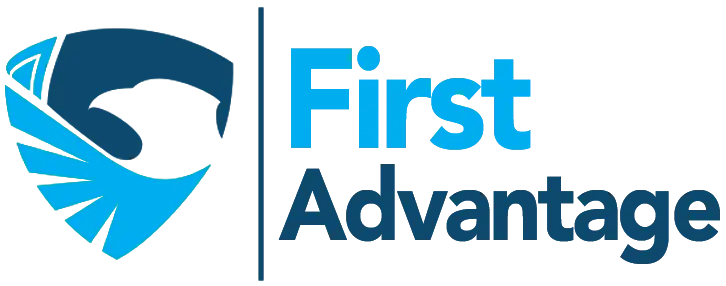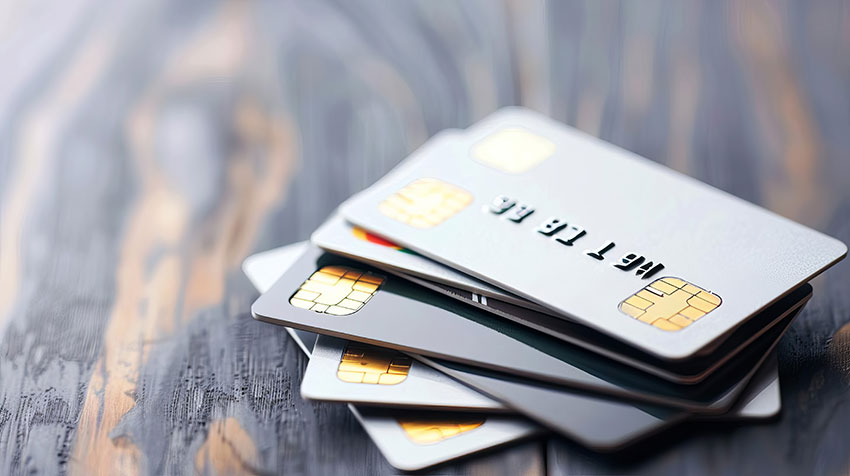
Staying Out of Debt After Paying It Off
When you finally pay off your debts, it feels like you’ve just gone the distance with a heavyweight fighter. Some of the stress fades, your credit score increases, and you promise you’ll never fall back into that trap. Then life happens and, before you know it, old spending patterns creep back into your life and balances start to slowly increase. It’s an unfortunate situation, but it happens way more often than you’d think.
Getting back into debt isn’t usually due to lack of intelligence or discipline, but more likely it happens because of a lack of solid habits and systems. The kicker is that we live in a world where it’s just so easy to slip back into old habits where people spend more than they make. The key to staying out of debt after you’ve paid everything off is understanding WHY it happens so you can avoid those triggers.
1. Old Spending Habits Creep Back
As the pressure of high monthly payments disappears, it gets really easy to reward yourself. It could be a vacation, a new car, or just eating out a little more often because, after years of cutting corners, it feels like you’ve earned it. The problem is that all those extras start to add back up.
The truth is, debt isn’t just a financial problem; it’s usually a behavioral one. If you don’t adjust your lifestyle permanently after paying off debt, it’s only a matter of time before old spending habits will reappear.
How much unsecured debt do you have?
Choose an option to check relief eligibility:
Takes less than 60 seconds. No obligation.
How to break it
Create a post-debt budget before the final payment clears. Take whatever you were paying on your cards and set it up so that amount is electronically put into a savings or investment account. That will help prevent lifestyle creep because if you’re already used to not having it, you won’t miss it. When you do that, your money will start to work for you instead of the other way around.
2. No Emergency Fund
Emergencies are one of the biggest causes of getting back in debt. Things just happen. Car repairs, medical bills, or temporary unemployment can ruin years of progress if there’s no plan in place to pay for them. If you don’t have an emergency fund set up, then credit cards become the go-to solution, which restarts the debt cycle all over again.
How to break it
Your first priority after paying off debt needs to be creating an emergency fund. You should shoot for at least three months of potential expenses to start. After you’ve got that saved, then work toward six. Even a smaller fund of around $1,000 can make a huge difference when life throws you a curveball.
Think of it more as a “debt prevention fund.” Every dollar saved there is a dollar you don’t have to borrow later.

3. Using Credit as a Safety Net
Many people keep credit cards “just in case.” The problem is, “just in case” often becomes “just this one time.” Before long, balances grow again.
Credit isn’t evil. It’s just a tool. But if there’s no clear plan on when, or how, to use it, it can easily turn into a deep hole that feels impossible to dig out of.
How to break it
If you rely on credit for emergencies, it’s a sign your budget or savings plan needs work. Keep one card for travel or genuine emergencies, but store it somewhere out of sight. Use debit for day-to-day expenses so you feel the real impact of your spending in real time.
4. Underestimating Future Expenses
When you’re focused on getting out of debt, you often operate in survival mode, spending as little as possible. Once you’re free, those postponed costs hit: home maintenance, car replacement, dental work, or rising insurance premiums. Without a plan, those expenses go right back on the card.
How to break it
Include future costs in your ongoing budget. If your car is ten years old, start saving now for the next one. If your home needs work, create a sinking fund—small monthly contributions that prepare you for those predictable “surprises.”
5. Income Doesn’t Match Lifestyle
For many people, this problem isn’t just about spending habits; it’s also about how much money they make. If your income just barely covers your basic expenses, even a small unexpected bill or emergency can put you right back where you started… in debt. There are other things you can’t necessarily plan for that also cause issues—namely, cost of living increases, inflation, and reduced hours at work.
How to break it
Increasing your income will probably take some time, but it’s important for long-term financial stability. You should always be on the lookout for opportunities to build new skills, start a side hustle, or see if you can negotiate a higher salary. Cutting expenses helps for sure, but you can only cut so much… Earning more gives you real independence.
6. No Long-Term Financial Plan
Once debt is gone, many people lose their structure. The goal that drove every decision is suddenly gone, and without a clear next step, it’s easy to drift.
How to break it
Replace “paying off debt” with new goals: saving for retirement, investing, or building passive income streams. When your financial focus shifts from survival to growth, it’s much more difficult to fall prey to old, bad spending habits.
In Conclusion
Escaping debt once takes effort. Staying out of it takes strategy. The biggest mistake people make is assuming the job’s done once the balance hits zero. In reality, that’s just the beginning of the next chapter, one where your money starts working for you instead of the other way around.
Build systems that protect you from impulse, plan for life’s surprises, and give every dollar a job. Do that, and you won’t just get out of debt—you’ll stay out for good.


